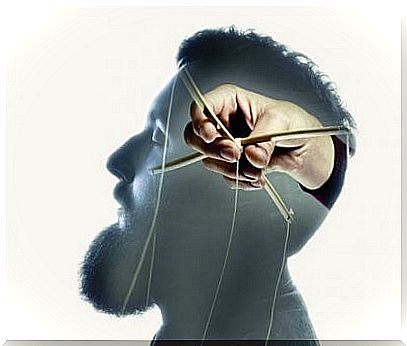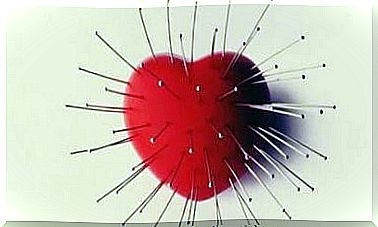Hemneglect, Or How Half Of Our Body Ceases To “exist”

Have you ever heard of hemnegligence? This is a type of damage that occurs frequently in people who have suffered a brain injury. By trying to get to the root of the word, we could decipher its meaning. However, there are many different cases of hemnegligence.
The prefix “hemi” means half of something. In this case, it refers to our visual field. “Neglect” tells us about the lack of care or attention towards something. A lack that leads to making mistakes that would involve a risk for the individual and his entourage.
If we combine this concept with that of the world of brain injury, we will understand that hemneglect would imply a lack of attention towards half of our body. More concretely, this would imply an absolute lack of attention towards stimuli (auditory, tactile, visual…) reaching this half of our body.
Heminism and its power to do away with what is on our left
In a way, it’s as if people don’t see what’s going on in that part of their body. It seems strange to verify this, since this sensation is the one we experience when we speak or observe a patient with hemneglect.

In truth, the individual perceives perfectly the stimulus presented to him in this visual field. The problem stems from attention. People with the condition do not respond to this part of their body. It is as if it ceases to exist. When encouraged to focus their attention on this side, patients come to perceive stimuli perfectly. Regardless of the stimulus, they are aware of its presence.
As we already know, our brain is made up of two different hemispheres. When a hemisphere is damaged by brain injury, the part of our body that is especially affected is the part opposite the damaged hemisphere. In fact, it amounts to saying that the contra-lesional part of our body is affected.
When the right hemisphere is damaged, our left side suffers
So, if the lesion has reached the right hemisphere, the part most affected will probably be the left. On the contrary, if the lesion concerns our left hemisphere, the right part of our body will be affected. This bodily injury can range from hemiparesis (partial paralysis) to hemiplegia (total paralysis) among others.

Normally, hemnegligence occurs in lesions that have arisen in the right hemisphere. This is the most common. The left side is thus the one that sees itself the most affected. Affected people thus stop paying attention to this side as if it no longer existed. They do not orient themselves to their left side and are unable to respond to what is presented to them in this area.
The attention of patients with hemisphere is only focused on the side controlled by their healthy hemisphere. In the majority of cases, it is on the right side. It is very common to feel like they are not listening to us when we are talking to them from their left side. That feeling changes dramatically when we repeat the same thing, but this time from their right side.
Compensation strategies are the most effective for treating hemnegligence
“Oh I didn’t see you! Forgive me ! Is the most common reaction when this situation occurs. The work done in neuropsychology consists of working with this totally “damaged” attention. How? ‘Or’ What ? By helping affected individuals to redirect their attention to the contralateral space of the lesion.

We even increase their awareness of this deficit. In many cases, hemnegligence comes with anosognosia. This phenomenon by which the patient is not aware of his / her difficulties.
For this, we owe it to ourselves to help people become aware of their difficulties; In this way, they can compensate them and become their own guide when they cannot find what they are looking for. Probably, this thing being in their left side, the side that “ceased to exist.”










